Taking care of one’s health and managing weight becomes more important as people get older. you can maintain good health with a proper subacute care structure plan, Especially Food plays an important role in your health and well-being and reduces your risk of chronic diseases such as heart disease, diabetes, and certain cancers.
What you eat maintains your physical, mental, and emotional health in different ways. When trying to lose weight, it’s important to make healthy food choices every day and regular exercise can help keep your body as healthy as possible as you age.
In this article, continue reading to find how nutrition can play a significant role in establishing and maintaining long-term health as you age good health.
Common Health Conditions in the Elderly

In older age, People face major health problems like High blood pressure, back and neck pain, hearing loss, diabetes, refractive errors, depression, dementia, etc. As people age, They are at a higher risk of experiencing multiple conditions at once.
One of the major issues is high blood pressure (BP), High-level BP the more risk you have for other health problems, such as heart attacks and strokes, As well as other heart diseases.
Ways to Manage Common Health Conditions
Maintaining health in old age is crucial for overall well-being, and subacute care plays an important role in achieving this goal.
One-way subacute care help in maintaining health is through proper care plans click here for more info regarding subacute care. These plans fulfill the specific needs of older individuals, focusing on recovery, pain management, and functional improvement.
Subacute care refers to the level of care provided to individuals who require ongoing medical attention and recovery but do not need the intensive care typically provided in a hospital. Providing proper nutrition and meals is a necessary aspect of subacute care, especially for older adults. Here are some studies for providing food for older individuals in subacute care:
What Should I Eat to Lose or Gain Weight?
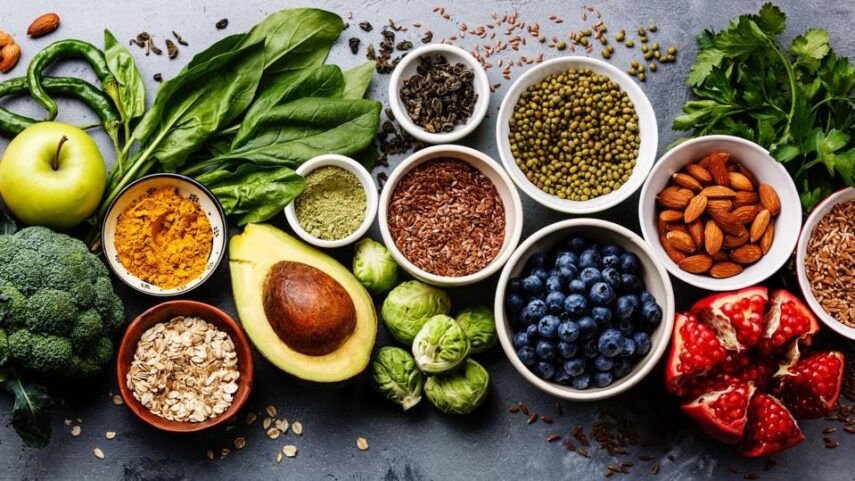
In old age, maintaining a healthy weight is important for overall well-being. To lose weight, focus on consuming a balanced and nutrient-dense diet. Include the number of fruits, vegetables, lean proteins, and whole grains in your meals. Limit processed foods, sugary snacks, and beverages high in added sugars. Pay attention to portion sizes and practice mindful eating.
Regular physical activity is also essential for weight loss. If you aim to gain weight, increase your caloric intake by incorporating healthy, calorie-dense foods such as nuts, seeds, avocados, and nut butter.
Consult with a healthcare professional or registered dietitian for personalized advice based on your specific needs. Don’t forget, some individuals in subacute care may need to gain weight due to being underweight or experiencing muscle loss. Here are some tips to help you choose healthy food every day.
1. Fiber
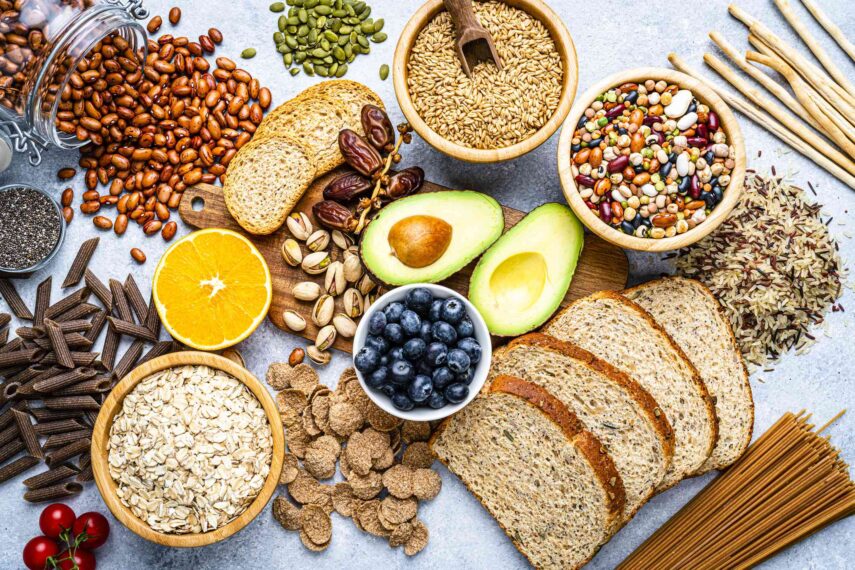
Fiber is an important nutrient that is essential for maintaining healthy digestion and reducing the risk of many chronic diseases. Further improving your diet with grains, fruits, vegetables, and nuts can provide valuable dietary fiber that may help prevent heart disease. Here are some healthy fiber-rich foods.
Whole grains:
Brown rice, quinoa, oats, and other whole grains are high in fiber and other important nutrients. ·
Fruits:
Berries, apples, pears, bananas, oranges, and other fruits are high in fiber and vitamins.
Vegetables:
Broccoli, carrots, spinach, kale, and other vegetables are high in fiber, vitamins, and minerals.
Legumes:
Beans, lentils, chickpeas, and peas are high in fiber, protein, and other important nutrients.
Nuts and seeds:
Almonds, chia seeds, flaxseeds, and other nuts and seeds are high in fiber and healthy fats.
Bran:
Oat bran, wheat bran, and rice bran are high in fiber and can be added to cereals, baked goods, and smoothies.
Popcorn:
Air-popped popcorn is a healthy snack that is high in fiber.
Berries:
Raspberries, blackberries, and strawberries are particularly high in fiber and antioxidants.
Sweet potatoes:
sweet potatoes are high in fiber, vitamins, and minerals.
2. Protein

Protein provides the energy needed to power your daily activities and supports cognitive function and mood. While excessive protein intake can be harmful to individuals with kidney disease. Incorporating enough protein into your daily diet can help promote overall health and well-being without worrying about excess fat.
Protein is an essential macronutrient that is needed for building and repairing tissues, enzymes, and hormones in the body. Here are some healthy protein-rich foods.
- Lean meat
- Seafood
- Eggs
- Dairy milk
- Nuts
- Greek Yogurt
3. Fat
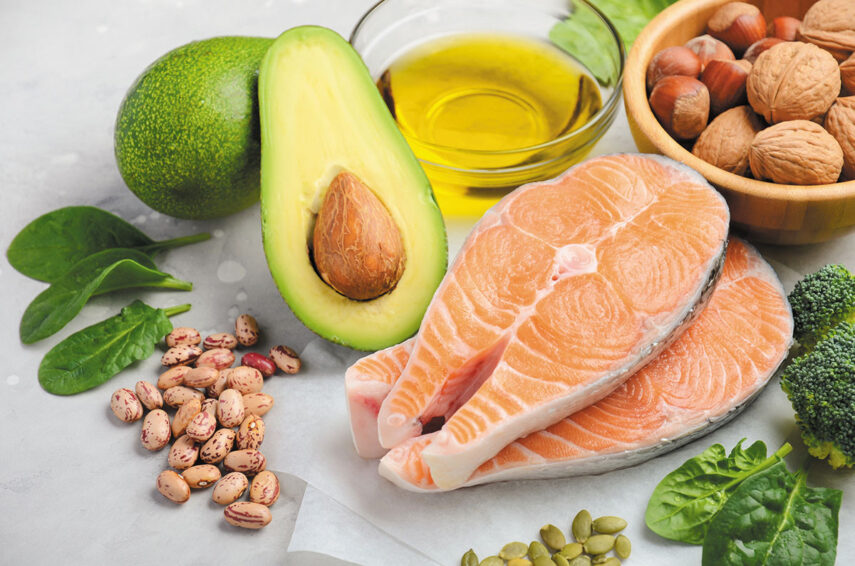
There are two types of fat layers, so knowing the difference between good and bad fats is important. Good fats help protect your body against heart disease; Bad fats pose a threat to your heart and blood vessel.
Consuming healthy fats like omega-3s is a real game-changer, while it’s important to include some healthy fats in your diet, It’s also important to be aware of foods that are high in unhealthy fats. Here are some examples of foods that are high in unhealthy fats.
- Fried foods
- Processed snacks
- Fast food
- Processed meats
- Coconuts Oil
- Baked Goods
4. Calcium

Calcium is a needful mineral that is important for maintaining strong bones and teeth and also plays a role in muscle and nerve function. Regardless of age or gender, it’s essential to incorporate calcium-rich foods into your diet while avoiding those that deplete calcium. Additionally, getting enough magnesium and vitamins D and K can help support calcium absorption and utilization and keep you healthy, here are some healthy calcium-rich foods.
- Dairy products
- Leafy greens
- Tofu
- Canned fish
- Fortified breakfast cereals
- Beans and lentils
- Broccoli
- Oranges
5. Carbohydrates
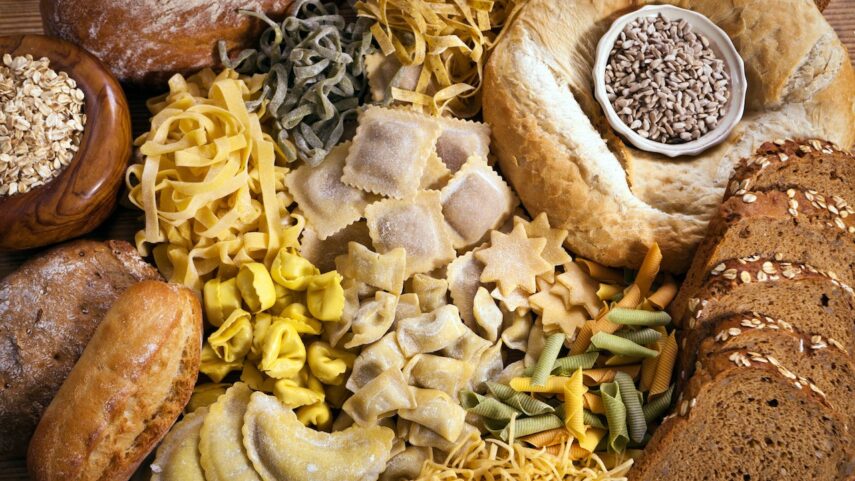
Carbohydrates are a blessing from nature as they supply the energy needed to keep you feeling fresh, energetic, and strong. However, it’s essential to be mindful of the types of carbohydrates you consume.
Instead of processed white flour items, opt for whole grains, fruits, and vegetables which can help prevent rapid spikes in blood sugar levels, mood fluctuations, and excess fat build-up – especially around your waistline, here are some healthy carbohydrate-rich foods.
Whole grains: Whole wheat bread, brown rice, quinoa, oats, and barley are all healthy carbohydrate-rich foods that are also high in fiber, vitamins, and minerals.
Fruits: Apples, bananas, berries, oranges, and other fruits are healthy sources of carbohydrates, as well as vitamins, minerals, and fiber.
Vegetables: Carrots, sweet potatoes, corn, peas, and other starchy vegetables are healthy sources of carbohydrates, as well as vitamins, minerals, and fiber.
Legumes: Beans, lentils, chickpeas, and peas are healthy carbohydrate-rich foods that are also high in protein and fiber.
Dairy products: Milk, yogurt, and cheese are healthy carbohydrate-rich foods that are also good sources of calcium and protein.
Nuts and seeds: Almonds, peanuts, pumpkin seeds, and chia seeds are healthy carbohydrate-rich foods that are also high in healthy fats and protein.
Whole-grain pasta and bread: These options are higher in fiber and nutrients than their refined counterparts and can be used in a variety of dishes.
Oatmeal: Oatmeal is a healthy carbohydrate-rich food that is also high in fiber and can help lower cholesterol levels.
Weight-Loss Cabbage Soup
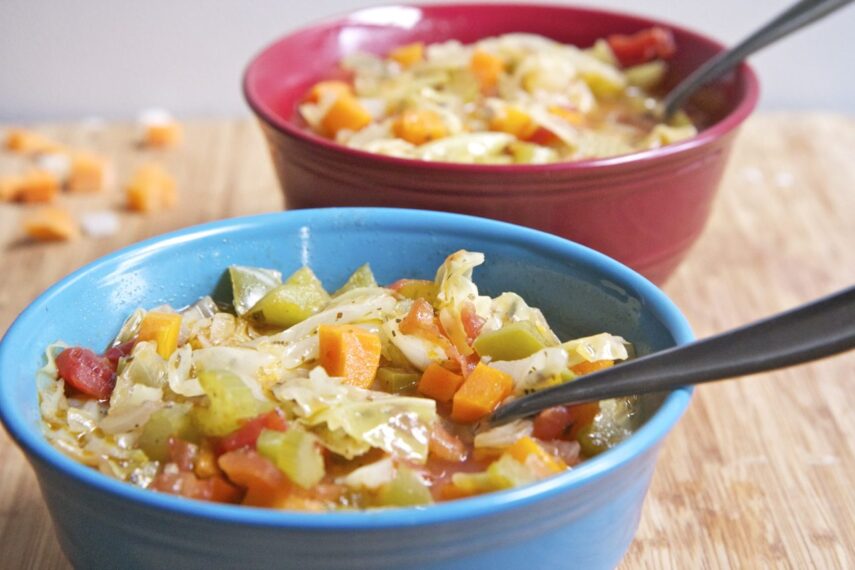
Weight loss cabbage soup is a popular recipe that is known for its low-calorie and high-fiber content. Here’s a simple recipe to make a delicious and healthy cabbage soup:
Ingredients
2 tablespoons extra-virgin olive oil
1 medium onion, chopped
2 medium carrots, chopped
2 stalks of celery, chopped
1 medium red bell pepper, chopped
2 cloves garlic, minced
1 ½ teaspoons Italian seasoning
½ teaspoon ground pepper
¼ teaspoon salt
8 cups low-sodium vegetable broth
1 medium head green cabbage, sliced and halved
1 large tomato, chopped
2 teaspoons white-wine vinegar
Directions
1. First of all heat cooking oil in a large pot over normal heat. Add onion, carrots, and celery. Continuously cook, stirring constantly, until the vegetables soften, approximately 7 to 8 minutes. Add bell pepper, garlic, Italian seasoning, pepper, and salt and cook, stirring, for 2 minutes.
2. Add broth, cabbage, and tomato; increase heat to medium-high and bring to a boil. Low heat to maintain a simmer, partially cover and cook until all the vegetables are feeling soft and tender, 12 to 15 minutes more. In the last Remove from heat and stir in vinegar.
Conclusion
Changing to a healthier diet doesn’t have to be an all-or-nothing decision. You can still enjoy the foods you like, and making all the changes at once is okay. It’s better to start with small steps and make gradual progress. This way, you can reach your goals without feeling overwhelmed or deprived. Think of a healthy diet as a series of manageable steps rather than a significant overhaul.
FAQs
What are some healthy foods I can eat to help me lose weight?
You can lose weight tremendously by adding healthy foods to your diet, like fruits, vegetables, lean protein sources (such as chicken, fish, and tofu), whole grains, and low-fat dairy products.
Are there any specific foods I should avoid if I’m trying to lose weight?
No, because it’s difficult to avoid things you love. However, limit your intake of highly processed foods, sugary drinks, and foods high in saturated and trans fats.
How can I ensure I’m getting enough nutrients while still losing weight?
You can check the balance of nutrients in your regular diet through a well-organized dietary plan, including calorie details inside. If you’re concerned about getting enough of certain nutrients, you must talk to a registered dietitian or healthcare provider for personalized advice.
Do I need to count calories to lose weight?
It’s okay to count calories before a meal but only for some. Hence, it’s better to you’re your nutrition before following any diet chart for in-depth counseling and guidelines.







